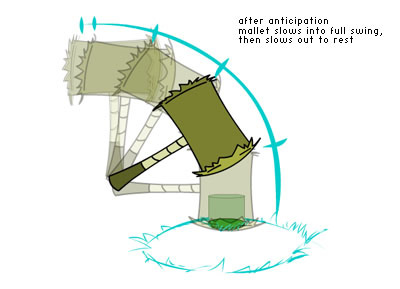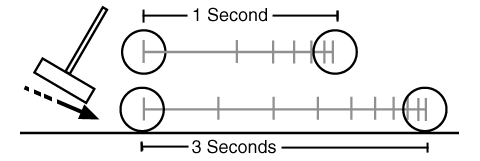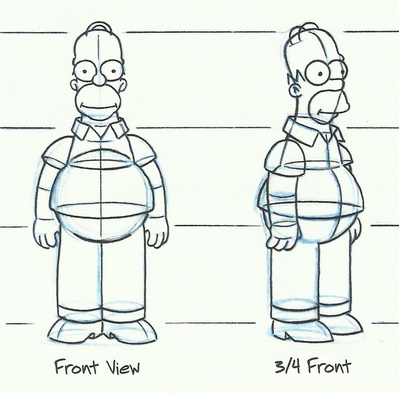QUESTIONNAIRE:
1. Have you ever tried Pringles before?
YES NO
2. Do you like the taste of Pringles?
YES NO
3. If Pringles were a person, what personality trait would you say Pringles would have?
____________________________________________________________________________________________________________
4. Do you prefer original flavour or do you like the idea of having other flavours of Pringles?
NORMAL FLAVOURS OTHER FLAVOUR
5. Where would you most likely find yourself eating Pringles?
__________________________________________________________________________________________________________________________________________________________________
6. Do you normally find yourself sharing Pringles with your friends?
YES NO
7. How much do you pay for for a can of Pringles?
____________________________________________________________________________________________________________
8. Have you seen previous Pringles adverts? If so, what do you like about it?
____________________________________________________________________________________________________________
______________________________________________________
9. What effect does Pringles have on you?
__________________________________________________________________________________________________________________________________________________________________
10. What target audience do you think Pringles is mainly aimed at? People at what age do you think would buy this product?
____________________________________________________________________________________________________________
11. How many packet of Pringles do you buy monthly?
0 1-2 3-4 4-5 6+
12. What do you think would make a good advert for this specific product? Why?
______________________________________________________________________________________________________________________________________________________________________________________________________________________________________________________________________________
Results:

















